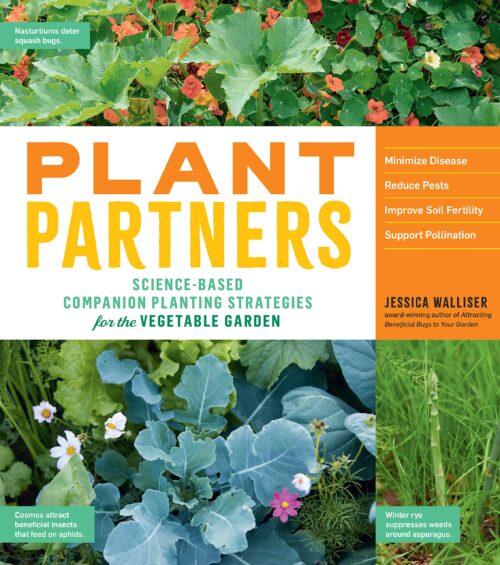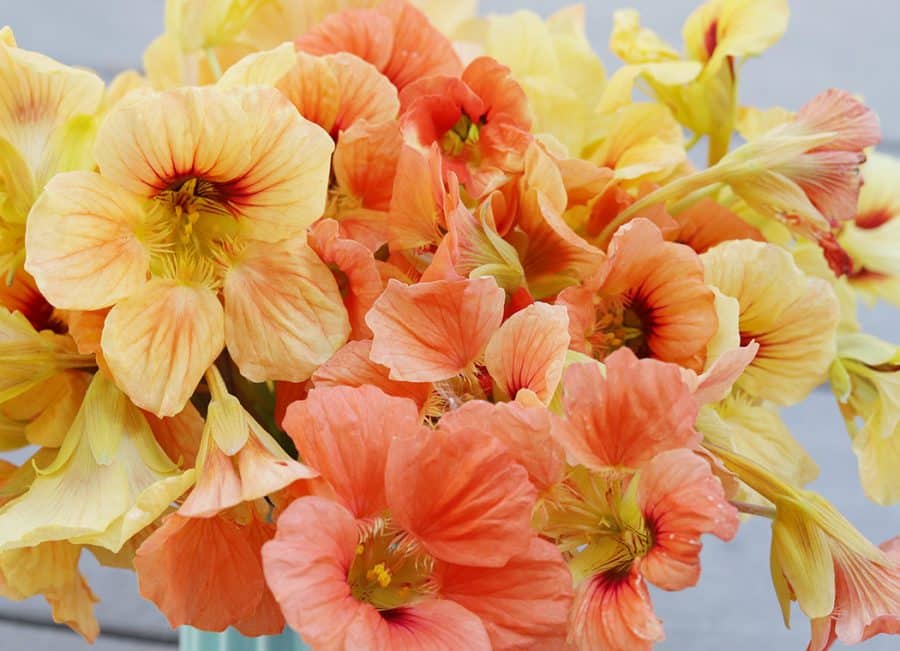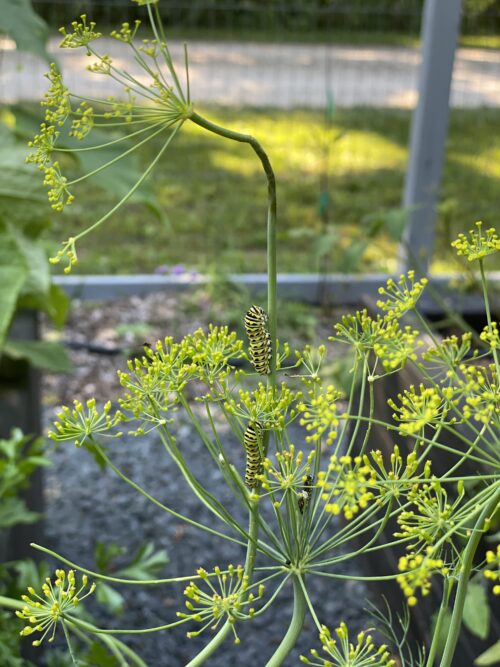Gardeners love a good story and they are particularly drawn to anything that they believe will make their plants happy.
This is where companion planting comes in: gardeners want their plants to have neighbors they love. It makes us feel good. But anthropomorphism aside, a lot of commonly held companion planting theories are a bunch of feel-good nonsense.
Plenty of books have been written about companion planting, but “Plant Partners” by Jessica Walliser is, to my knowledge, the first to rely on science rather than cozy stories. And it has me rethinking how I grow in my vegetable gardens. Walliser relied on studies by universities and agriculture facilities for the book, which looks at the entire garden ecosystem to come up with companion planting pairings.
I may earn a commission from some links.

These relationships have a variety of benefits, from reduced pest, disease and weed pressure to better pollination and fungal associations that can act as a “telephone network” between plants.
The book also debunks some of the most common plant partnerships, some so common that gardeners plant those pairings out of habit. Marigolds have long been hailed as an almost magic plant in the garden and you’ll often see vegetable gardens outlined in marigolds, but Walliser reports that there’s very little science to back up a benefit from marigolds.
They are, however, helpful for warding off onion root maggot flies and cabbage root flies when planted among onions or cabbages. The flies showed reduced egg laying when these plants were grown with marigolds.
When it comes to pests, some of the best plant companions take one for the team. Plants are grown as a catch crop to help protect the main crop. Flea beetles love eggplant, peppers, cole crops and more, but they love radishes and pak choi even more. By interplanting them a couple weeks before the crop you hope to protect, you can help have a great eggplant harvest even if your radishes are infested with flea beetles.
Nasturtium is one of my favorite plants not just for its beauty, but also because it’s extremely easy to direct sow and is edible. It turns out it is also an effective line of defense against squash bugs when it’s grown next to summer squash like zucchini, according to Iowa State University study. And it aids pollination too.
Sometimes plant partners can help attract insect assassins, those so-called good bugs who swoop in to decimate the bad actors.

Dill, fennel and other members of the carrot family get a gold star in this department. It turns out that the bugs that feast on aphids—a true menace in the garden—happen to love the small flowers that make up the flowerhead on these plants. Bring in the good guys for the nectar and they’ll stay for the complimentary aphid buffet. These same plants also attract parasitic wasps that will lay their eggs under the skin of a host insect like the tomato hornworm as well as insects that feed on potato beetles.

If there’s one lesson to be learned from “Plant Partners” it’s that diversity in the garden is crucial. The more varied and colorful our gardens are, the “happier” they’ll be.
[custom_code name=”amazon”]
What would you like to know? Search, or jump to categories below.